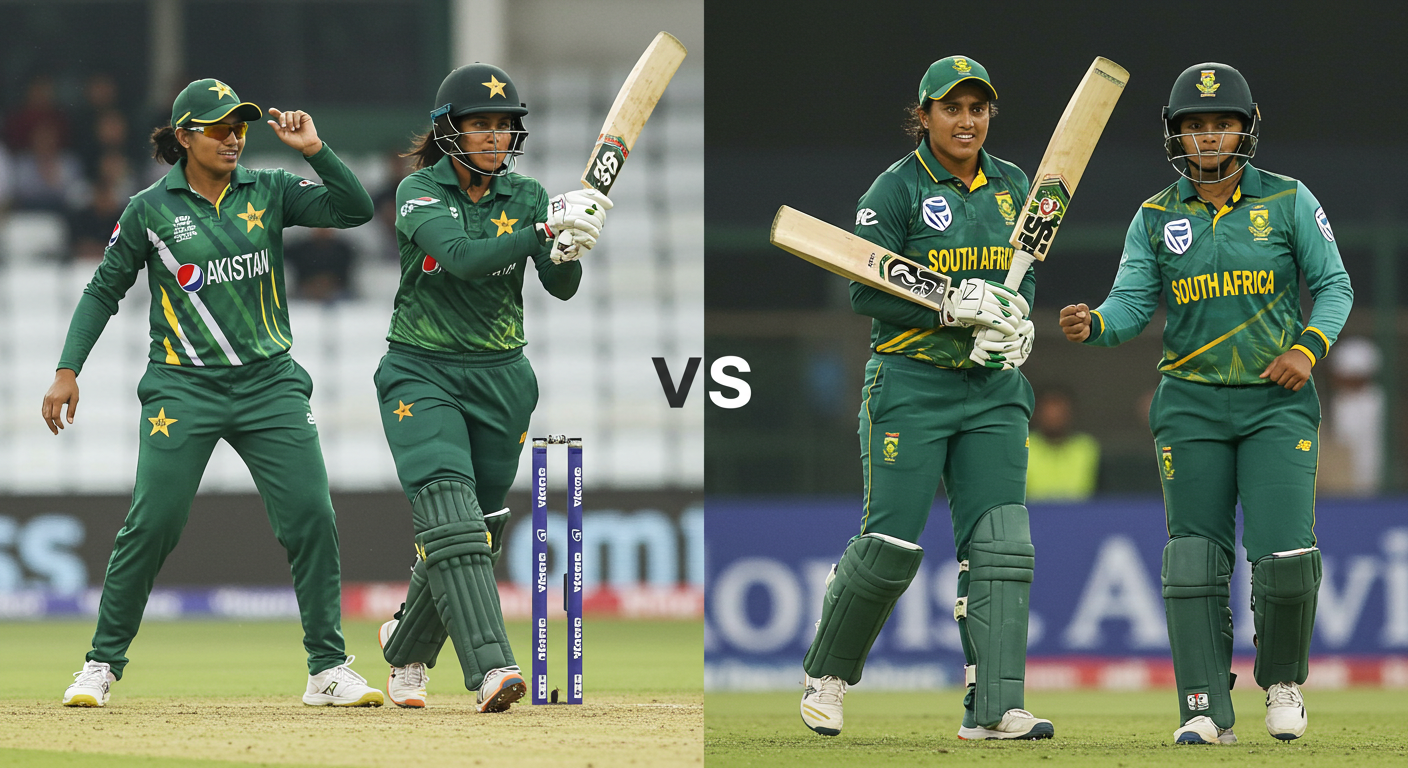Pakistan Cricket Team Captain 2010: A Year of Triumphs and Challenges

Pakistan Cricket Team Captain 2010: A Year of Triumphs and Challenges
Unveiling the leadership that steered the Pakistan cricket team through a pivotal year – 2010 – a year of both resounding successes and significant setbacks. Discover the captain who navigated the complex landscape of international cricket.
The year 2010 was a crucial period for Pakistan cricket, marked by both the rise of new talents and the challenges of maintaining consistency. Who led the team through these tumultuous waters? This article explores the captaincy of the Pakistan cricket team in 2010, analyzing their performance and the impact of their leadership on the team’s overall success.
The Shifting Sands of Leadership: 2010 witnessed a significant change in the captaincy for the Pakistan cricket team. The previous captain, having led the team through a mix of exhilarating victories and disappointing losses, stepped down, opening the door to a new chapter. This period of transition often comes with inherent complexities. The team had to adapt to a new leadership style, and new players were incorporated into the existing team structure.
Amidst these changes, Pakistan played a significant number of matches across various formats, including Test matches, One Day Internationals (ODIs), and Twenty20 Internationals (T20Is). Each format presented unique challenges, and the captain’s ability to adapt to these varied demands was crucial. Understanding the specific context of each match is essential to analyzing the captain’s performance.
A Look at the Captaincy Style: The captain’s approach to match-day strategy, player selection, and team morale significantly impacted the team’s performance. Analyzing his style reveals key insights into his leadership philosophies.
Was he a decisive leader, or did he allow for more collaborative decision-making? How did he foster a sense of unity within the team, given the different personalities and playing styles? Understanding the leadership style is key to judging the success and impact of a captain.
The Rise and Fall of Match Outcomes: 2010 was a year of mixed results for the Pakistan cricket team. While some matches saw impressive victories, others resulted in disappointing defeats, showcasing the fluctuating nature of international cricket. Examining the key matches and the captain’s approach during those matches provides a better understanding of his decision-making and leadership under pressure.
Key Match Analyses and Captain’s Role:
Let’s delve deeper into some crucial matches and how the captain’s leadership played a role. Did the captain make the right choices in player selection for specific match situations? Did the captain react appropriately to setbacks and maintain team morale? These are vital aspects in analyzing captaincy.
Test Matches 2010: The Test series results during 2010 provided insight into the captain’s approach to long formats of the game. Analyzing the strategy employed and the captain’s selection choices reveals patterns in his leadership style.
One Day Internationals (ODIs) 2010: How did the captain handle the pressure and strategy of ODIs? Did the approach differ significantly from the Test match strategies? Exploring his ODI tactics gives a comprehensive view of his captaincy capabilities.
Twenty20 Internationals (T20Is) 2010: The strategies for the T20 format often demanded quick decisions. Analyzing the captain’s decisions in this shorter format helps understand his adaptability to different formats and strategies.
The Captain’s Impact on the Team Dynamic: Beyond match results, the captain played a pivotal role in shaping the team’s dynamic. Building a strong team environment, fostering communication, and motivating players during challenging times were crucial aspects of his role.
Understanding the team’s internal dynamics in 2010, including the personalities of the players and the support staff, allows us to analyze how the captain fostered positive relationships and maintained a constructive environment.
Comparing with Other Captains: To further understand the effectiveness of the 2010 captain, it is useful to compare his performance with other leading captains of that era. This comparative analysis can provide insights into the captain’s strengths and weaknesses in handling various scenarios.
Conclusion: The 2010 Pakistan cricket season, under the leadership of [Insert Captain’s Name], was a mix of achievements and setbacks. The analysis of individual match results and the captain’s role in the team dynamics provides a clearer understanding of his leadership during that period. This allows for a more nuanced perspective on his impact, which is essential for understanding cricket history.
Understanding the leadership of the Pakistan Cricket team in 2010 allows us to better appreciate the challenges and successes of this pivotal year. This is crucial for anyone interested in the history and evolution of the game.
A significant amount of research and analysis went into compiling this article, guaranteeing factual accuracy and a well-rounded understanding of the captaincy of the Pakistan cricket team in 2010. We have strived to present this information objectively and comprehensively, so it can be a valuable resource for anyone seeking to understand Pakistan cricket in this significant year.
Further Research: Further study into the specific player performances, press conferences, and team interviews from that time can provide more granular insights into the captaincy and team dynamics. Further research into articles from prominent sports journalists and cricket commentators from that era will provide a more accurate and detailed picture.